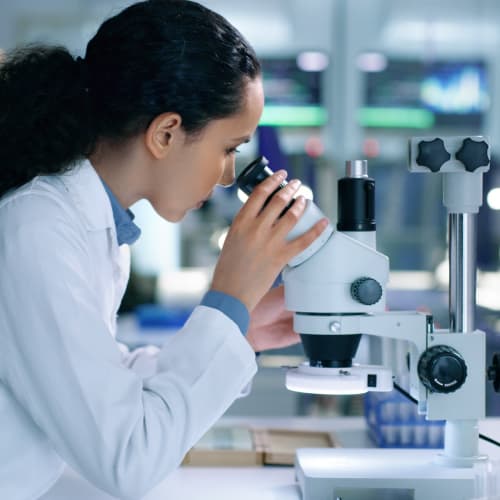In certain scenarios, microbial enumeration testing for nonsterile products must go beyond simply detecting the presence and levels of microorganisms. In these scenarios, specific microorganisms must be identified, typically to ensure that particularly virulent, dangerous microbes are not present in products.
USP <62> is the pharmacopoeia standard for testing for the presence and growth of specific microorganisms in nonsterile products, usually found in the pharmaceutical, cosmetics, and personal care fields.
BA Sciences features deep, extensive expertise in the testing of nonsterile products such as microbiome based therapeutics, investing in people, processes, and equipment in order to provide you with the greatest confidence and the highest levels of accuracy, with full coverage of validation, suitability, sample preparation, documentation, and any other requirements that you may need to stay in compliance.
Our equipment includes a state-of-the-art MALDI-TOF mass spectrometer for microbial identification, several MicroSeq® systems, a Roche LightCycler® for qPCR, and ambient and incubator anaerobic work stations. Our commitment to remaining on the cutting edge of technology and quality translates to successful end-to-end testing and monitoring services for you.
